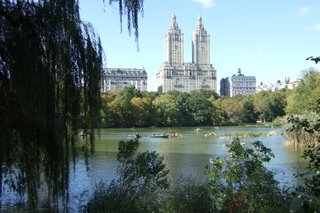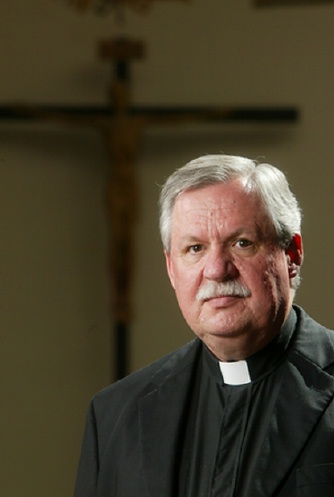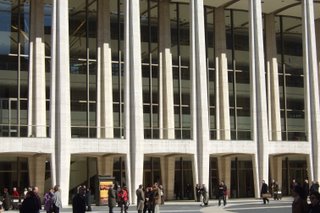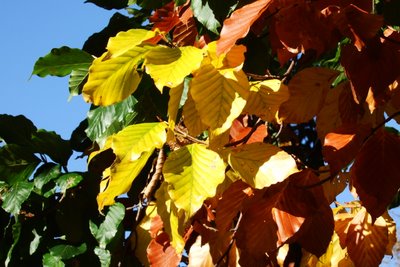Detour to The Dakota: A Tourist Does New York


I committed an act of tourism today. Of course, I had already hit tourist spots:
The day was glorious – brilliant sun, sparkling sky, the colors rich and exciting. I was walking through Central Park, having in mind the Arnold Arboretum in
Then I overheard a passerby say to her companions, “That’s The Dakota,” and she pointed to an elegant rooftop over the canopy of trees. The Dakota! I have never been a Beatles fan nor followed John’s post-Beatle career. But even I know The Dakota.
The Siren words had been spoken, and - suddenly, unexpectedly - I headed for The Dakota. And once I arrived, I started photographing the deep archway in which John was shot and killed – like a tourist! Why was I doing this? Was I committing “tourism”?
Aristotle said that in knowing something, the observer becomes united with it. And as I come to know, I grow, because the knowing-in-union entails absorbing, distilling, weighing, and – one hopes – appreciating, valuing, and perhaps understanding the thing known. By coming to this place and so to know the place where John was killed, I became united not only with the place but also with the tragedy, this union enriching my life with its purpureal image of crazed attachment leading to crazed killing.
This unifying dynamic of knowing allows us some experience of the mysteries of human existence beyond the realm of “answers” in any scientific or data-based sense. Standing in front of The Dakota, I still could not answer questions about why someone would kill John. Standing there failed to answer questions about talent snuffed out, creative moments lost forever, and their product now never available for human enjoyment.
But standing there invited me to continue to live - and perhaps live with greater depth – in the questions and so come in time to Wisdom. Standing in front of The Dakota, I experienced the questions yet again, in all their unanswerableness. Experiencing the void of unanswerableness evokes from within us an insistent call to God to fill the void and assuage our grief. There is an answer, and it is God’s answer, and it could fill the void. But God’s answer is remote, unavailable, unknowable.
So I stand there to realize yet again that as we come to know and love God and so be in union with him (per Aristotle), we can experience that God gives love in lieu of an answer. Or, better, that God gives divine love to fill the void of loss and unanswerable questions and asks us to offer that love to help fill one another’s voids and grief.
In Catholic tradition pilgrims visit a shrine precisely to “know” the saint in the Aristotelian sense and to be filled with new measures of God’s love through the saint. My sense of being guided mystically to The Dakota was a call to pilgrimage to receive God’s love yet again, not in the presence of a Catholic saint, but in the presence of one killed mindlessly, needlessly and so whose murder reminds us all of our need for God’s love in our lives and in our world.
Visiting a shrine isn’t tourism, and it certainly isn’t “tourism.” The problem with “tourism” is that rushing from place to place prevents Aristotelian union of the knower and the known. Richness in life comes from union, not completed To Do lists. Richness in life comes in particular from union with God who fills our voids. Fortunately, - and this is the Good News – we can experience God’s answering love not only at places of tragedy, but also in surroundings of external beauty that feed us, in our daily prayer, in our friendships, and in the sacramental life of the church. Today John helped me touch the depth of tragedy even as






